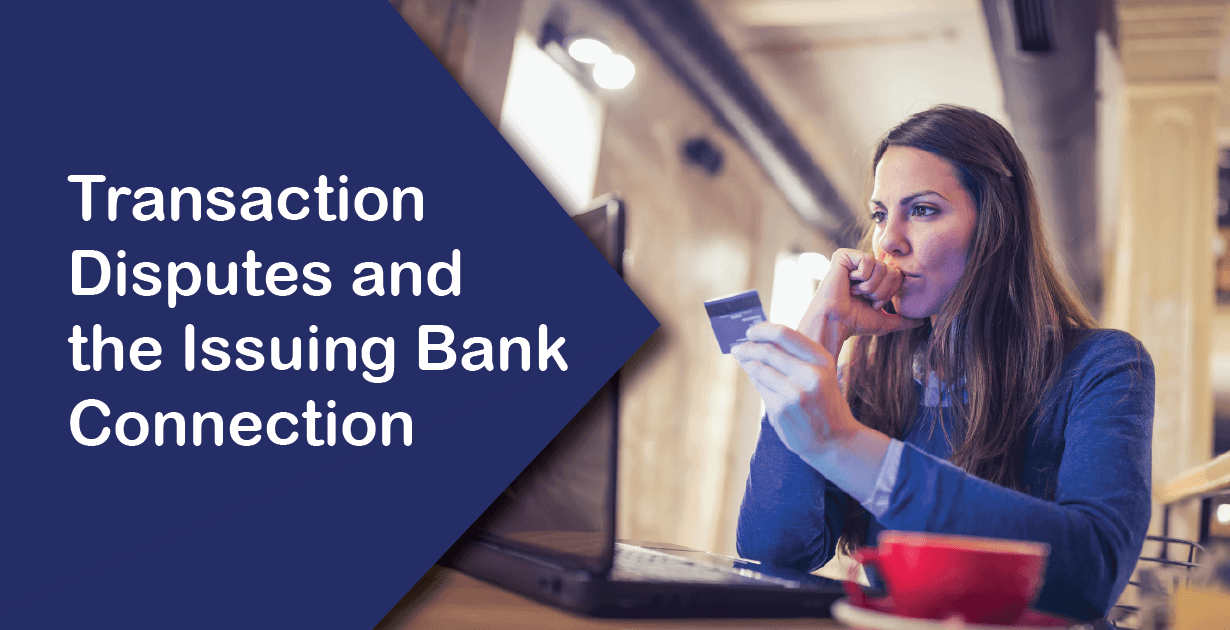
In 1974, the Fair Credit Billing Act was enacted to protect consumers from prejudicial or unfair billing practices. Over 40 years later, this act still has a profound impact on how merchants and issuers manage chargeback process.
History reminds us that the Fair Credit Billing Act was created to provide credit card users with protection from credit card fraud and theft. Fears over credit card fraud were so high that the federal government introduced this legislation to give consumers confidence that they were protected.
Since the introduction of the Act, consumer commerce has changed dramatically. Unfortunately, chargeback management, fraud detection, and fraud prevention have been slow to evolve because merchants and issuers operate in a vacuum.
There is virtually no communication or information exchange between merchants and issuers, despite the relevant data needed to address resolving disputes being readily available. Tools that enable regular collaboration have been introduced, yet merchants and issuers have been slow to adopt and are paying the price – to the tune of $31 billion in chargebacks in 2017.
The hard truth is that the volume of chargebacks and associated costs increases every year. Friendly fraud remains an ongoing threat, as both consumers and fraudsters have figured out how to manipulate the chargeback system.
Changing Chargeback Communication Strategies
To reverse these trends, merchants and issuers must understand that they need to work together by sharing data, improving communication, and embracing collaboration.
Merchants and issuers can change how they manage chargebacks by taking several steps.
- Early intervention. Merchants and issuers need to have tools and policies in place to respond quickly to a transaction dispute. The more time that is lost, the more likely a dispute will devolve into a chargeback.
- Clear communication. Merchants must incorporate best business practices, including clear billing information, websites with accurate product descriptions, accessible refund/return policies, and customer service availability. Issuers should use simple language to keep customers informed throughout the dispute resolution process.
- IT infrastructure. Merchants and issuers must keep their fraud detection and prevention technology current. This includes AVS, 3-D Secure, tokenization, IP intelligence, biometrics, device intelligence, and SSL.
- Accurate data storage. Merchants and issuers must adhere to the highest data security standards and policies to protect their customers as well as their own databases from hacking and other cybercrime.
The Path to Collaboration Between Merchants and Issuers
Collaboration and a true partnership between the merchant and issuer are the keys to victory in the battle against chargebacks:
- Create an information-sharing infrastructure.
- Invest in the technology and tools that enable data-sharing.
- Build a new process for handling disputes through collaboration. That means issuers directing consumers to get in touch with merchants, or merchants arming issuers with transaction details to resolve disputes quickly and prevent unnecessary chargebacks.
- Empower customer service with the right training, information, and tools to respond quickly to transaction disputes.
- Know what works and what doesn’t work – be ready to adapt to change.
Change is not easy, but you don’t have to tackle it on your own. The Verifi team has the focus and expertise to make the changes you need to prevent chargebacks and protect your revenue. Contact us to learn how we can provide the strategy and tools to make data-sharing and collaboration a reality.








